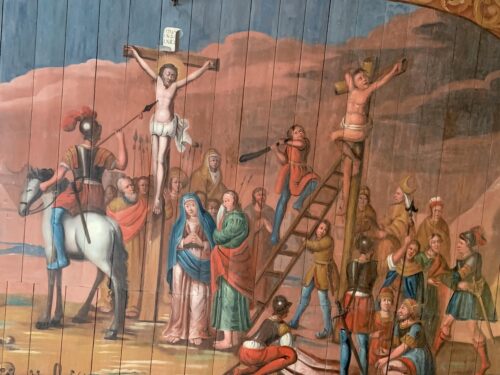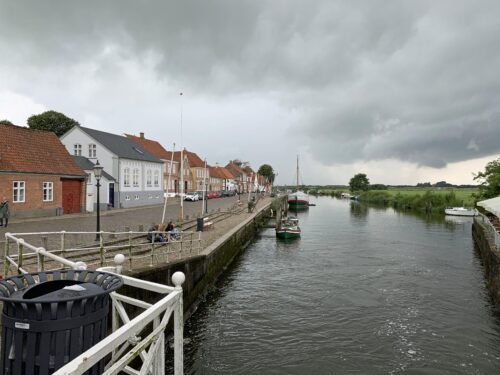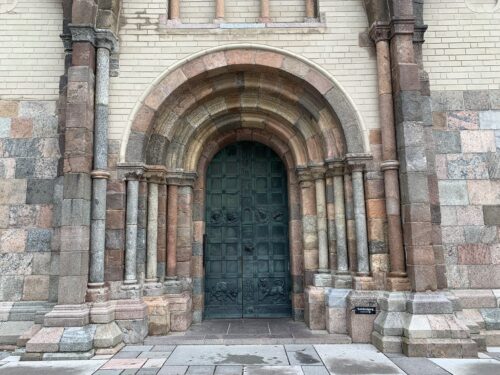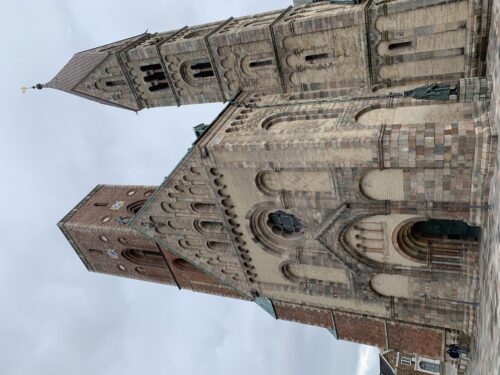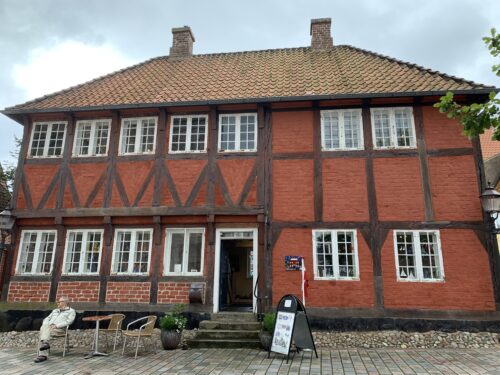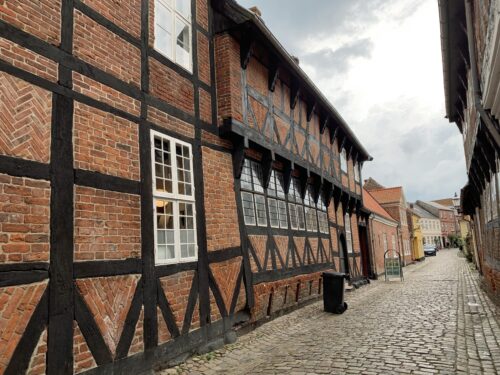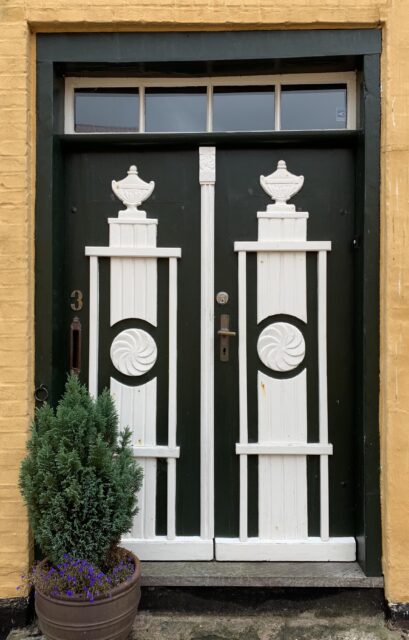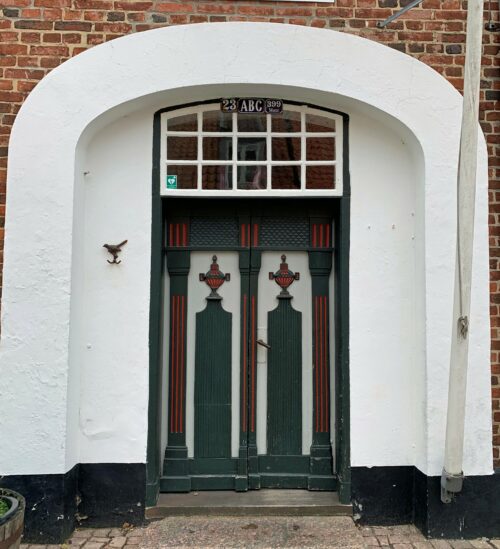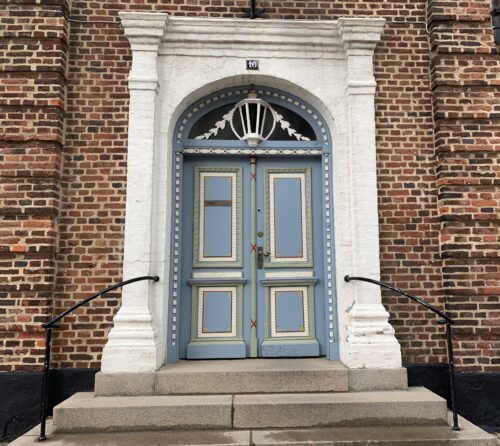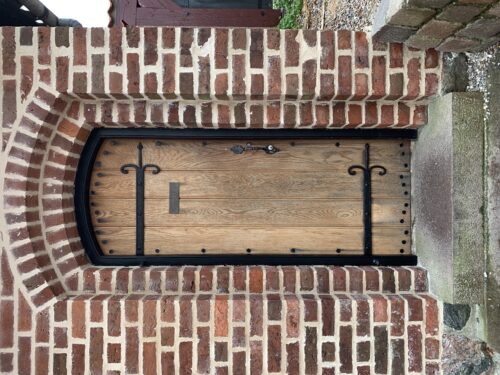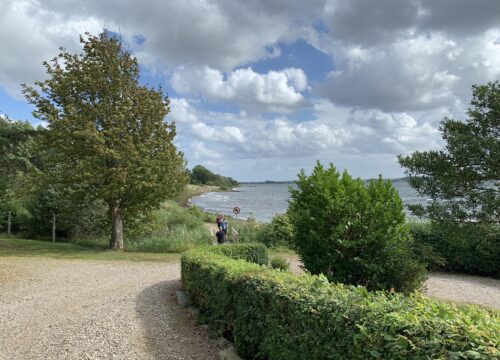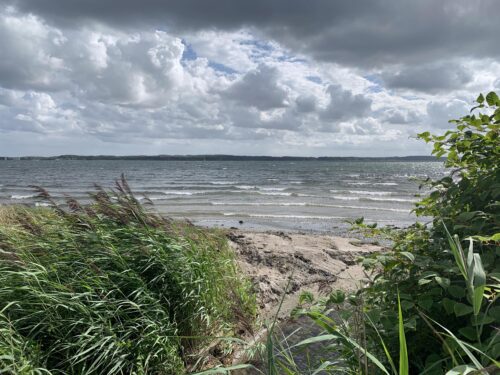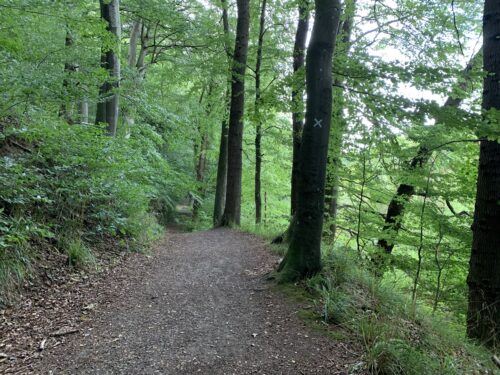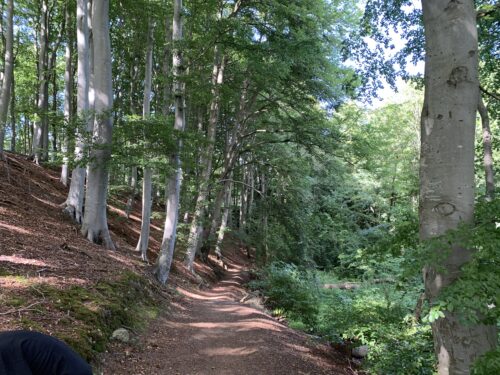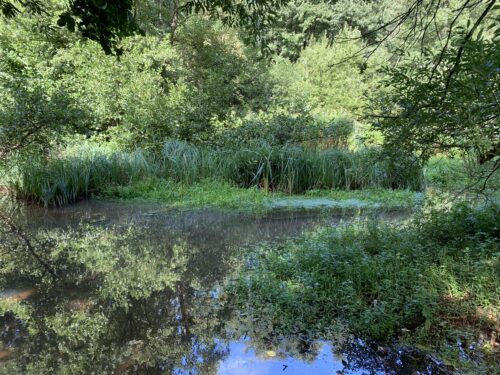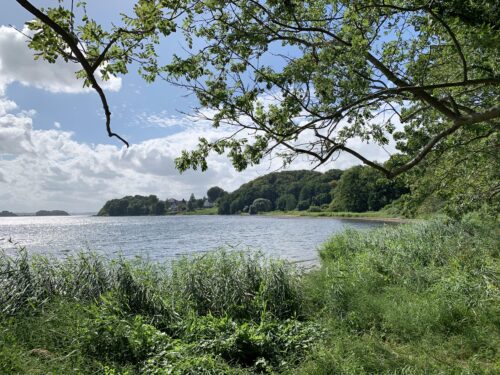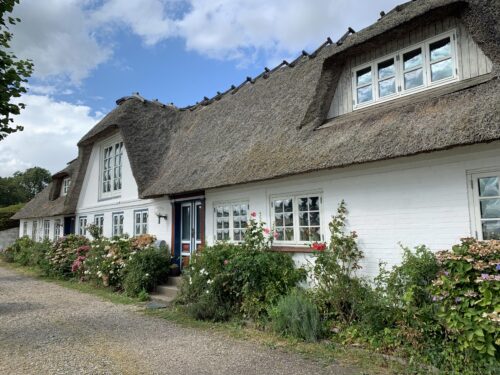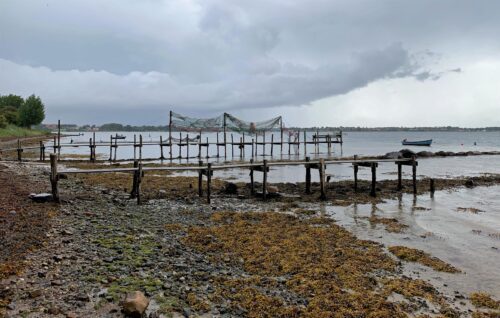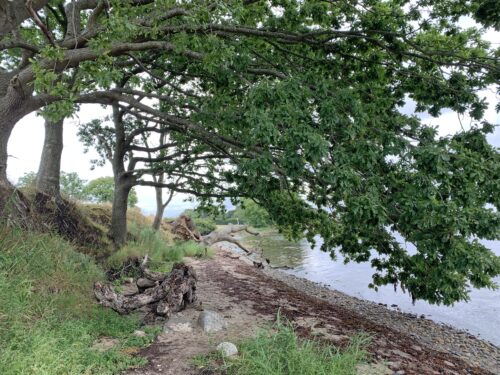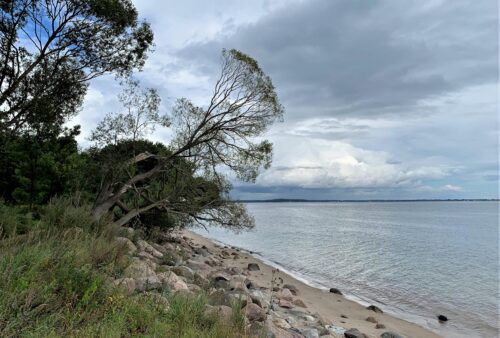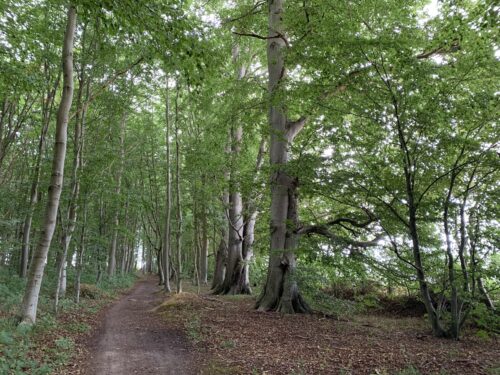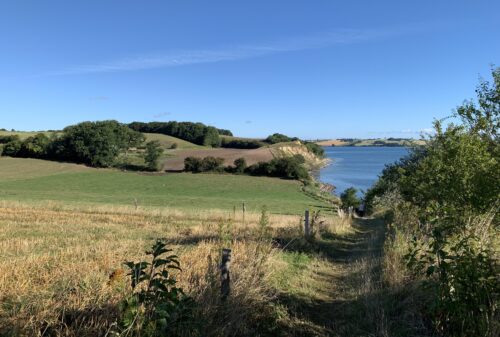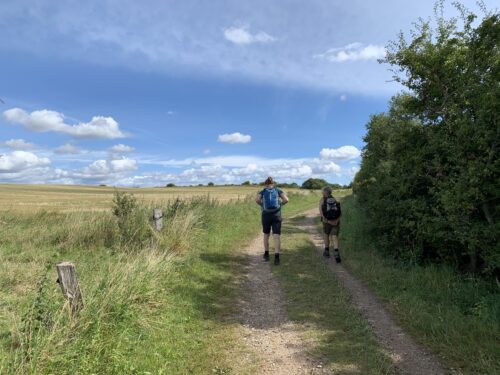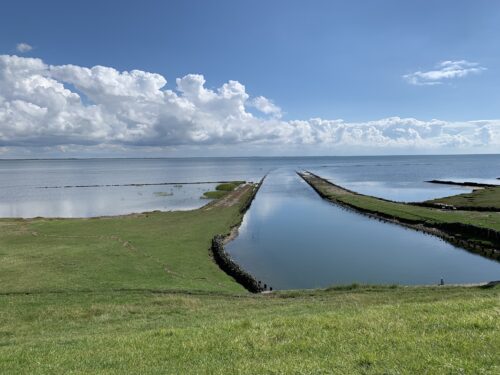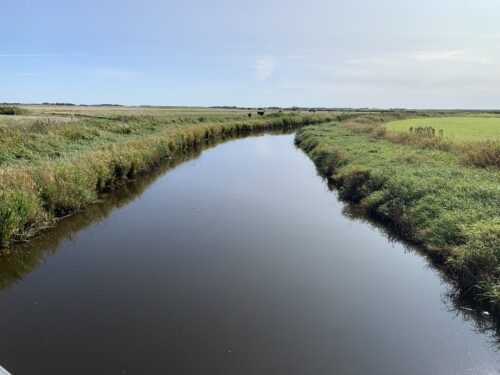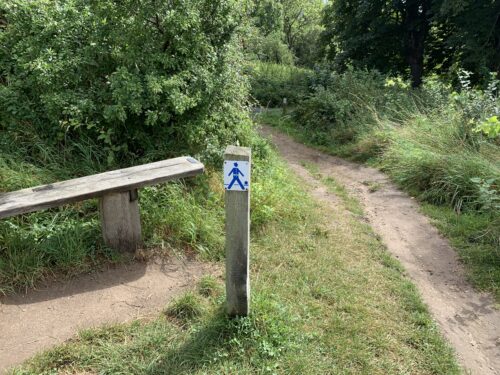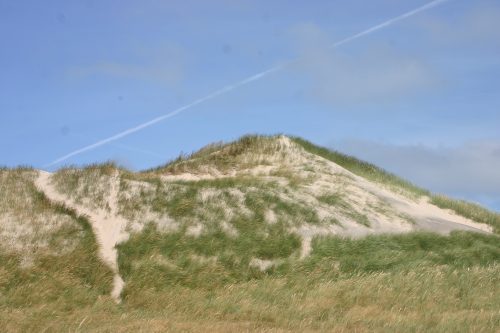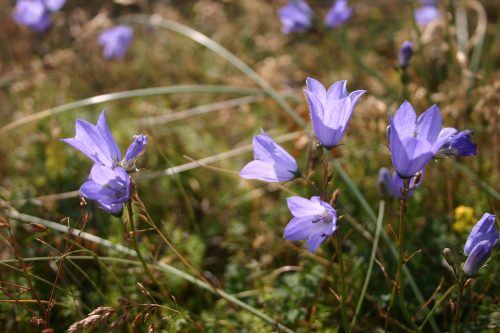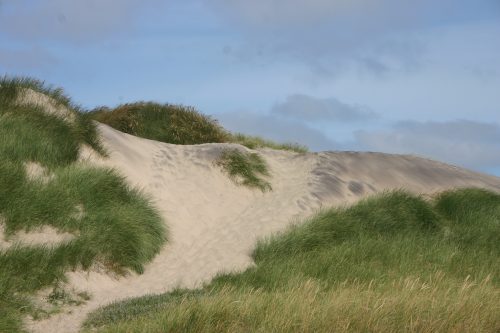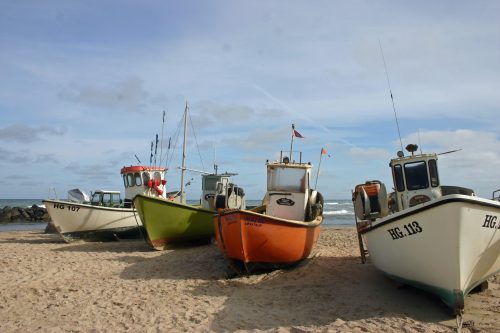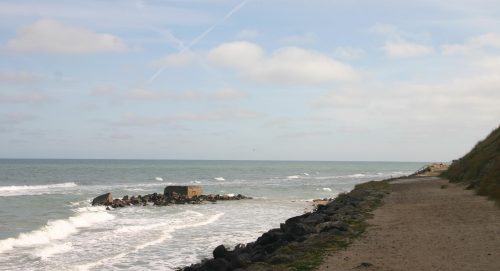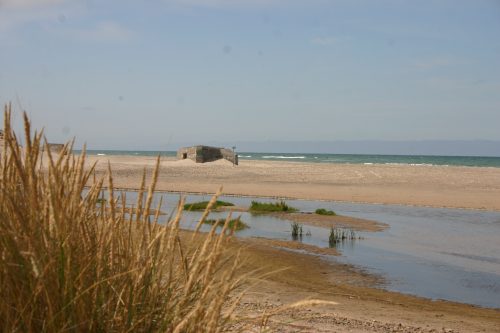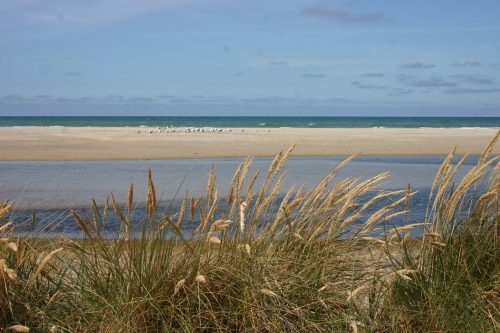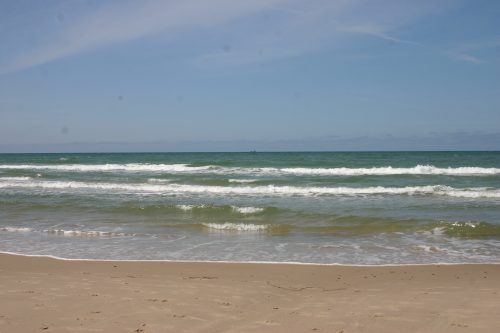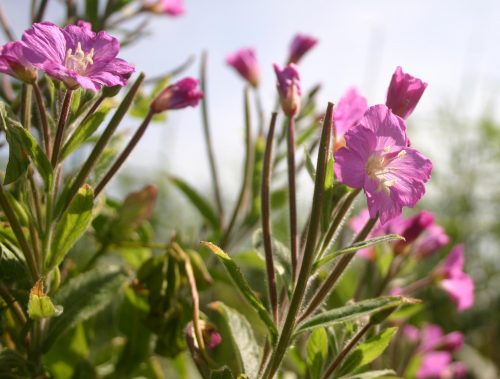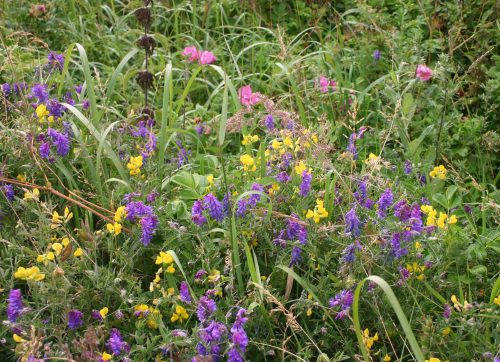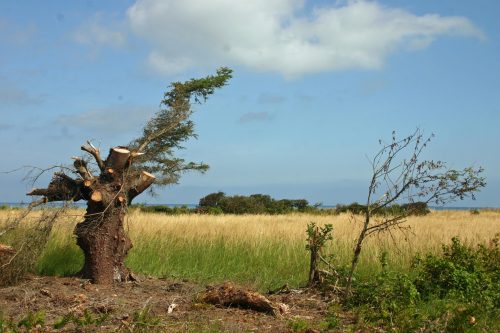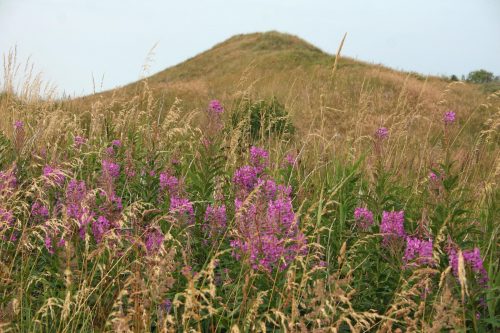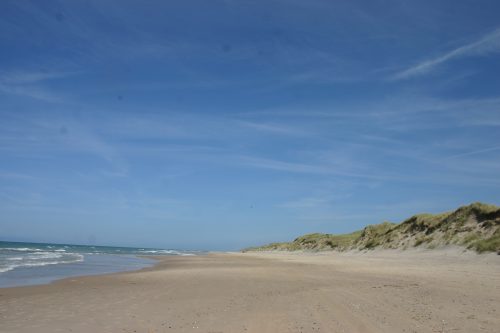The days continue to grow shorter. The sun is a rare guest and darkness envelops us like a blanket. Forest, meadow and moor have gone into hibernation. This is a time when Nature looks inwards, a time to reflect and be introspective.
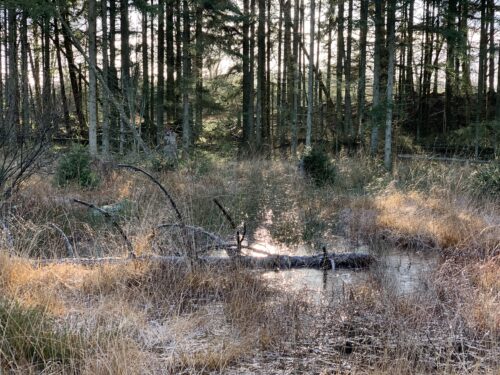

As the winter solstice approaches, I think back on the many wonderful hours I have enjoyed in nature in the year gone by. Short and long hikes, primitive camping, swimming in a forest lake, being with friends, and picnics and coffee breaks accompanied by a good book with nature as a backdrop.

Aside from the enjoyment of just being there, I have enjoyed observing and photographing the light in its various embodiments. In many cases light in itself creates the picture. At other times light transforms a mundane scene to one with drama, atmosphere or a burst of colour.



When the sun hangs low in the sky, the landscape often takes on a soft and dreamy look.
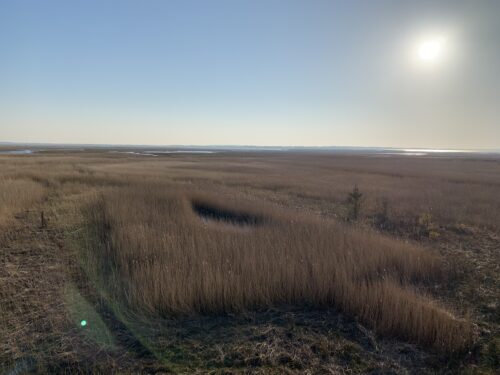
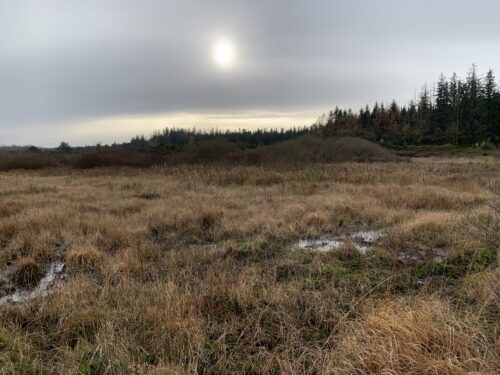
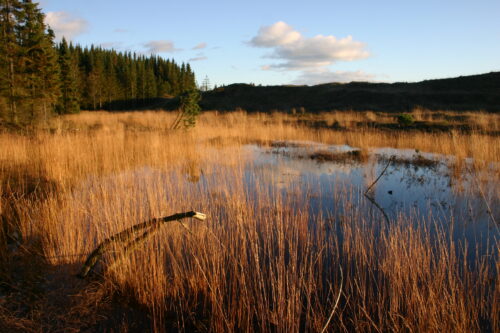
A gentle dream can change to a dramatic scene like in these two photos taken in the same place but at different times.

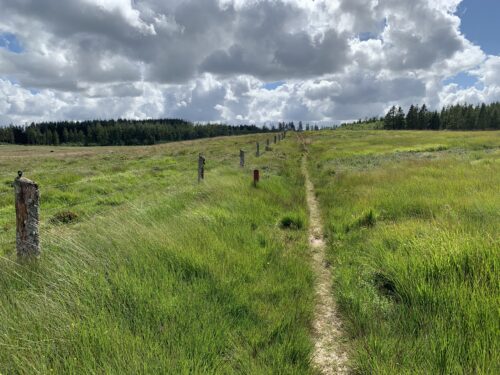
Sometimes wild clouds create suspense. Sometimes the absence of clouds directs your attention towards the infinite.
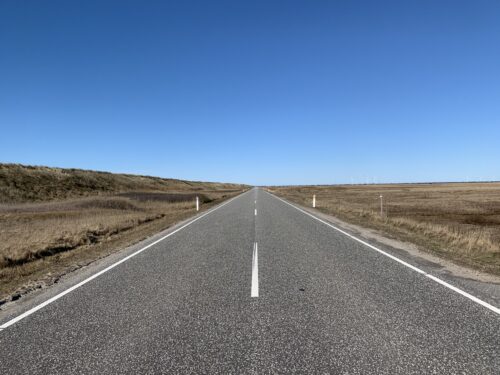
Sometimes the sky is heart wrenchingly blue; other times it is as dark grey as a war. Sometimes the light is strangely indeterminate; other times it breaks out in song, and sometimes the only light is from a silvery moon.

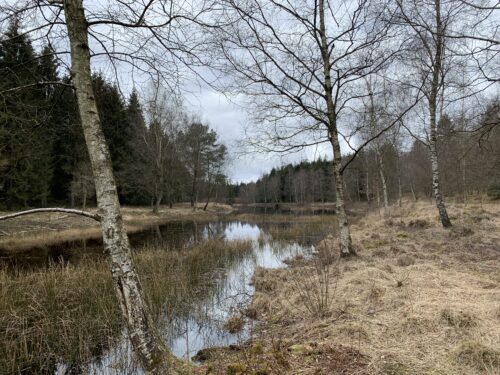
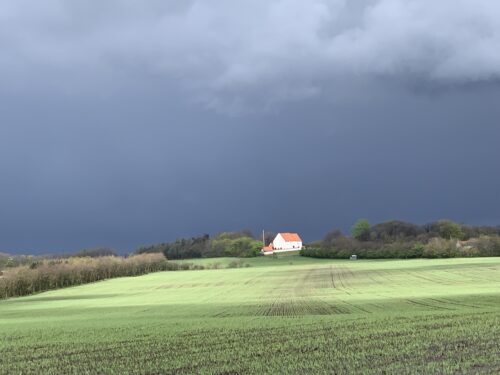


Light is more than absence of darkness, just as happiness is more than absence of grief. It is a source of wonder, amazement and admiration. Light helps us view things in different ways, dependent on its mood that particular day. Sometimes light gives rise to reflections, where things are repeated and turned upside down.
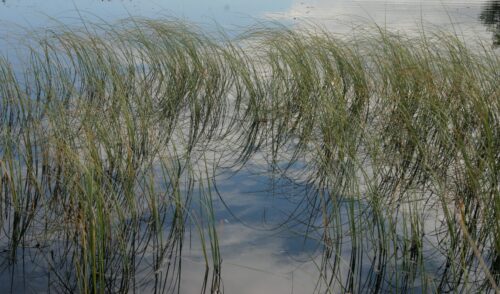 Sometimes light creates its own colours – in a rainbow, a leaf, a forest floor, a flooded field or ocean and sky.
Sometimes light creates its own colours – in a rainbow, a leaf, a forest floor, a flooded field or ocean and sky.
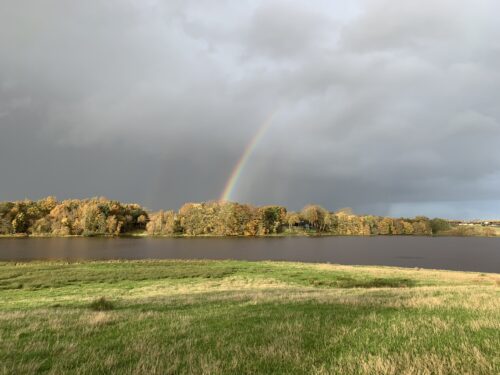
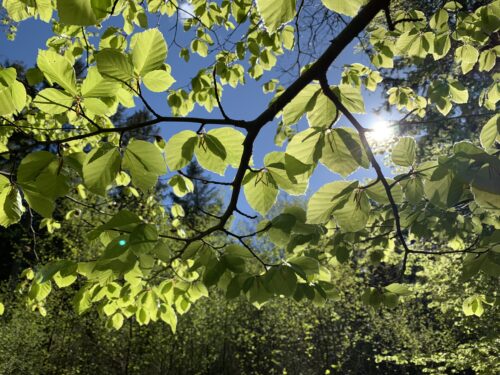
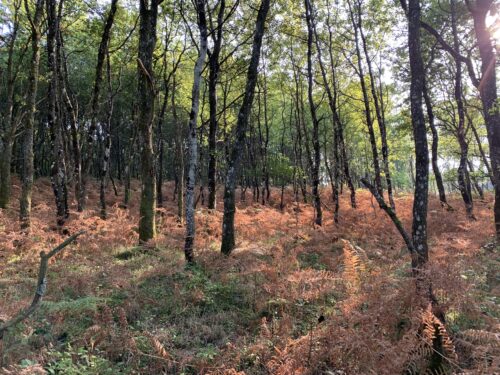
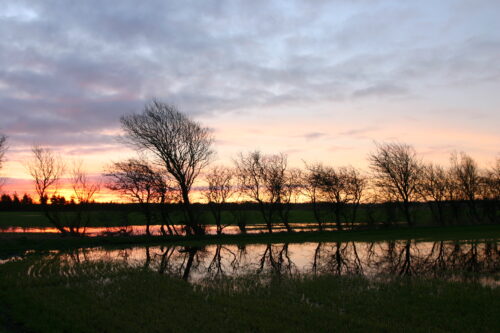
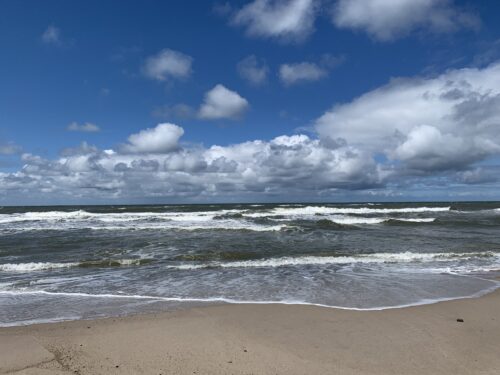
The winter solstice will soon be upon us. We can use it to reflect on being grateful for what we have. In the midst of this dark time love, friendship and hope are the best illumination. The shortest day reminds us of the light we are missing, but is also the day when we look forward, where winter turns into spring. We will soon embrace a season that chases darkness away, where days reign victorious over nights, and nature awakens with new life.



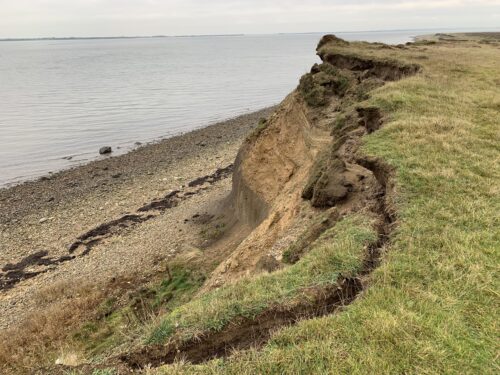
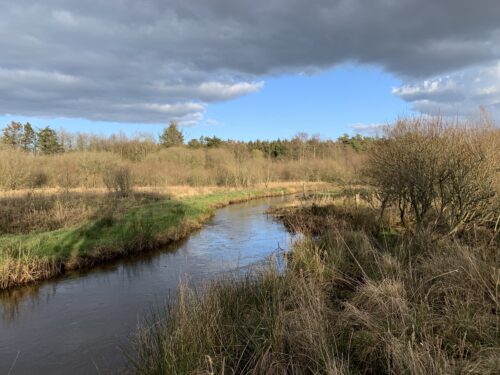

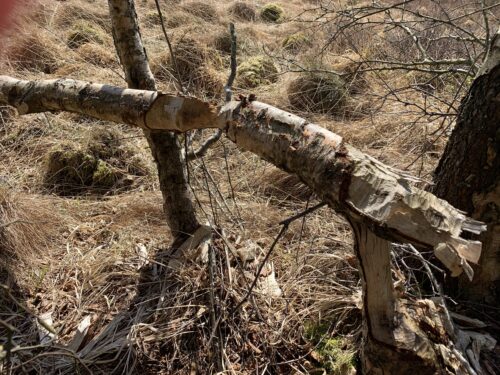

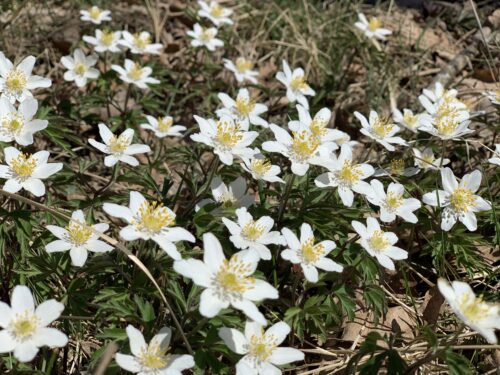


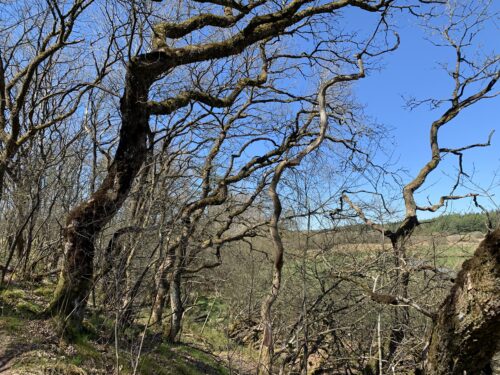
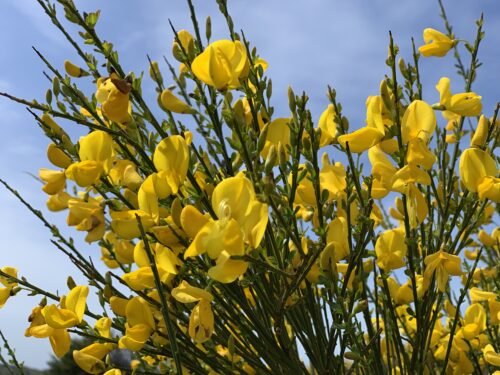


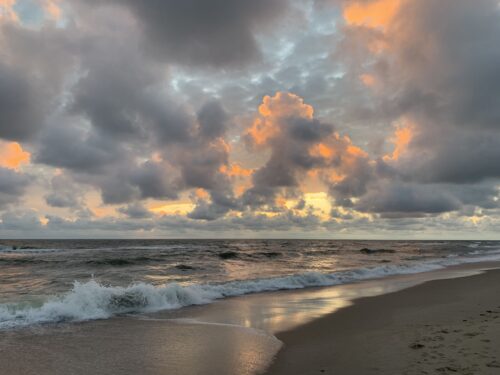
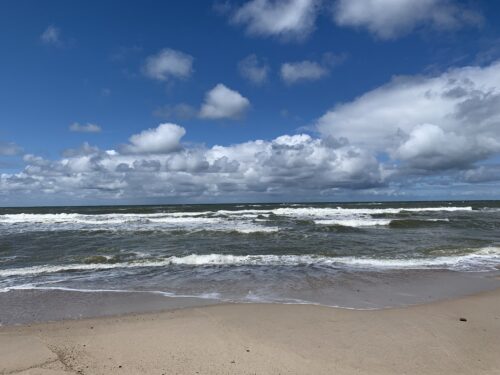

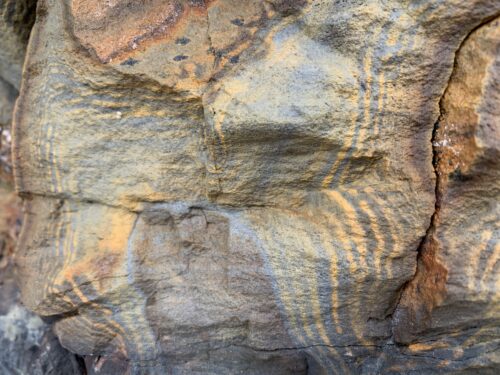


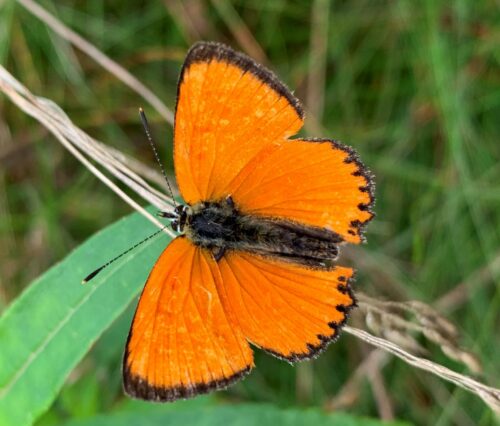



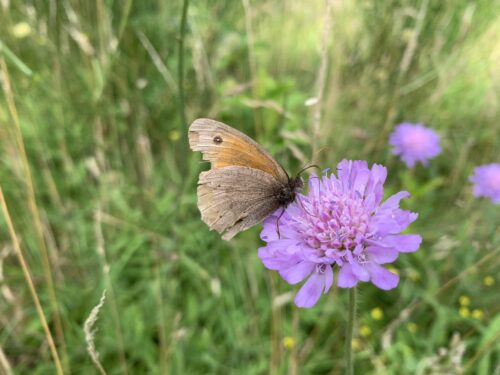
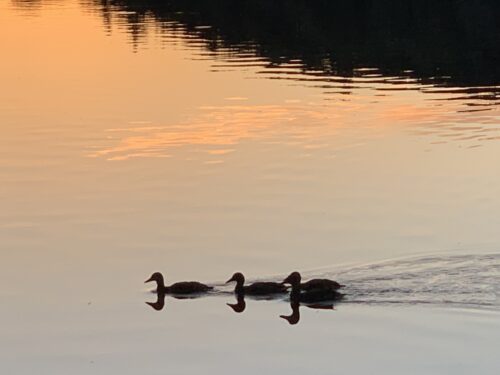
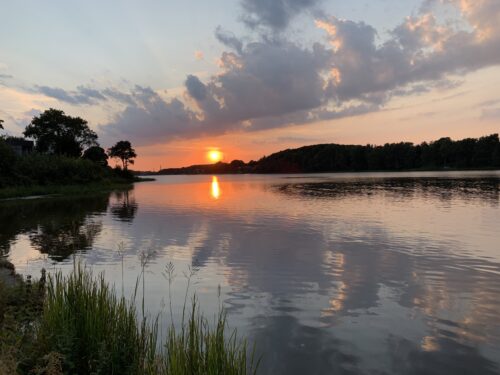

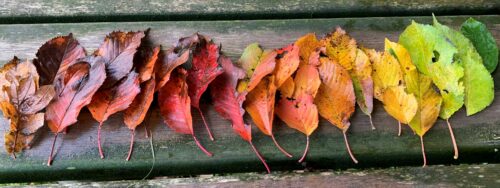






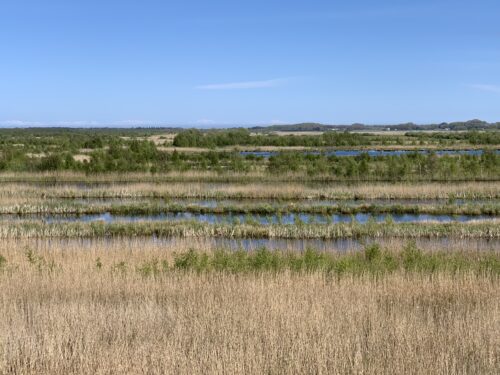

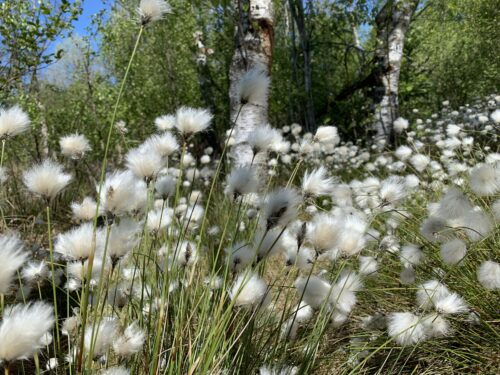

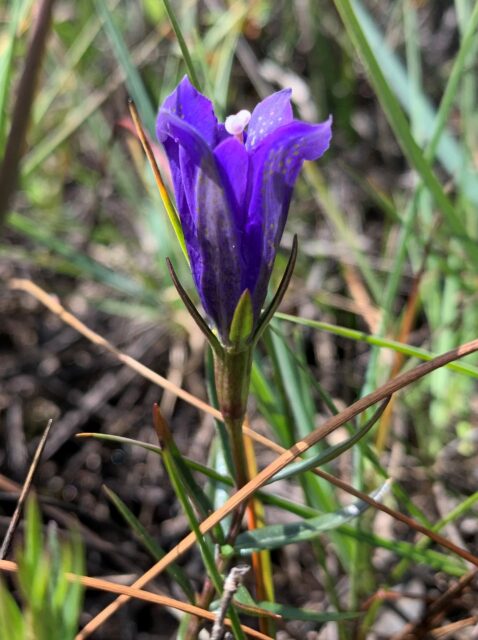



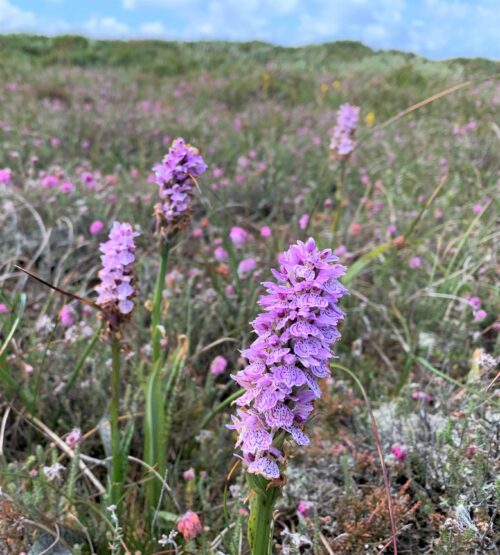
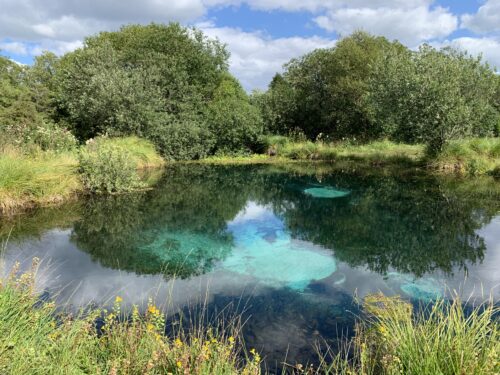

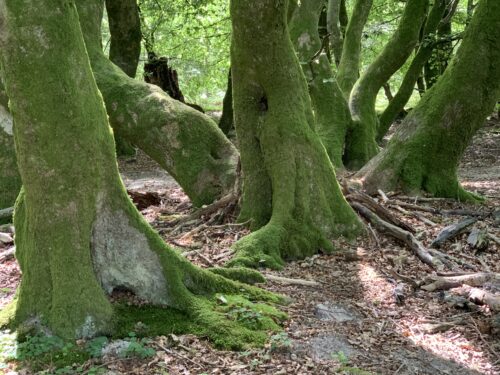
 In between my visits in the north, I visited the so-called Seven Year Lakes in South Jutland with some other friends. These lakes only appear in certain years, which is a shame, because they are lovely to behold – and it is always an added bonus to see wildlife.
In between my visits in the north, I visited the so-called Seven Year Lakes in South Jutland with some other friends. These lakes only appear in certain years, which is a shame, because they are lovely to behold – and it is always an added bonus to see wildlife.
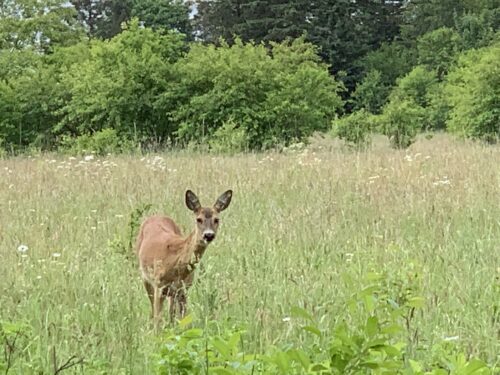

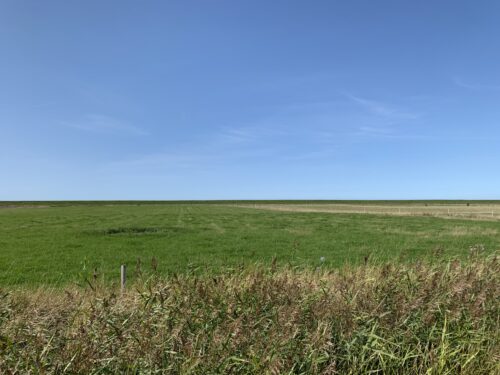
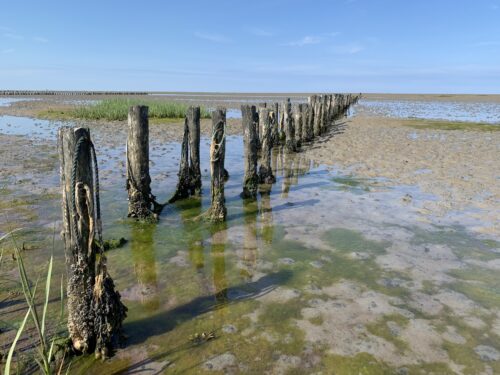
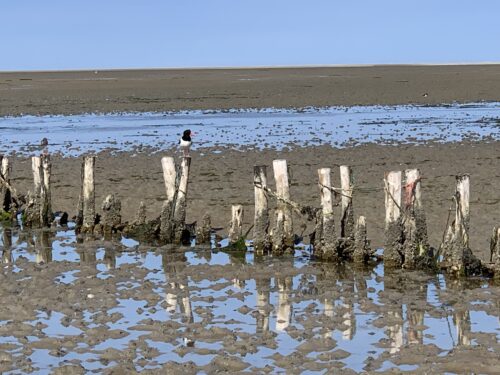
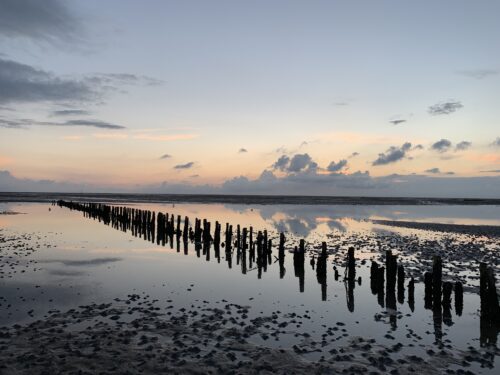
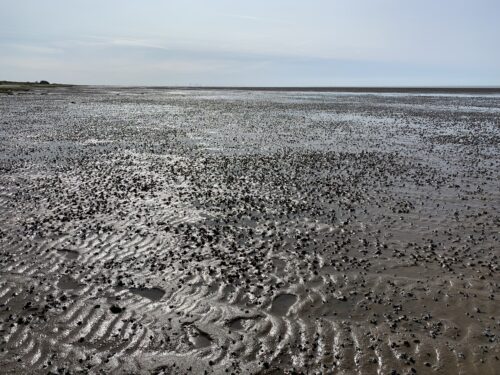
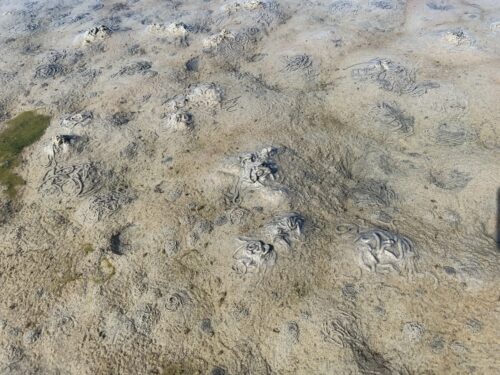


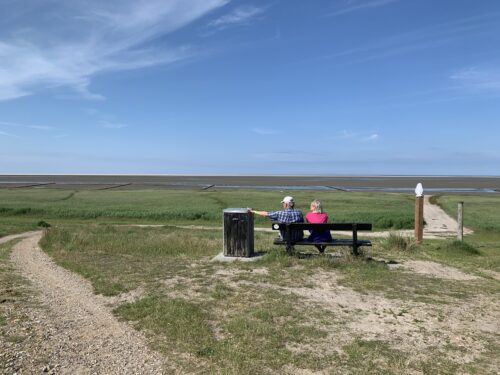




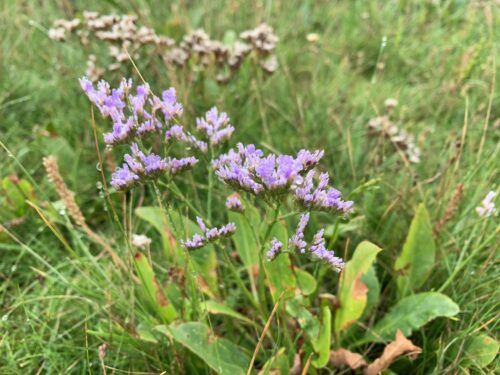

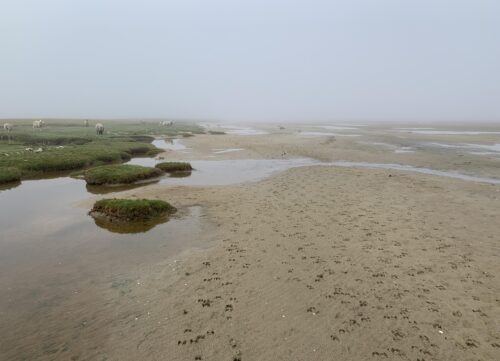


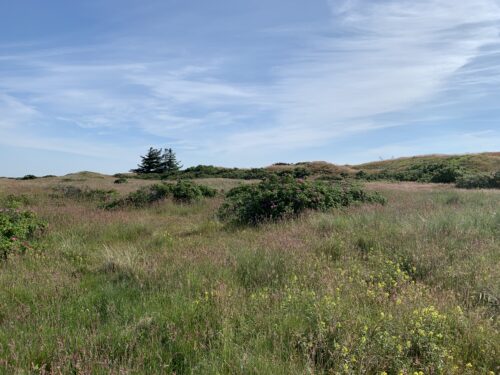

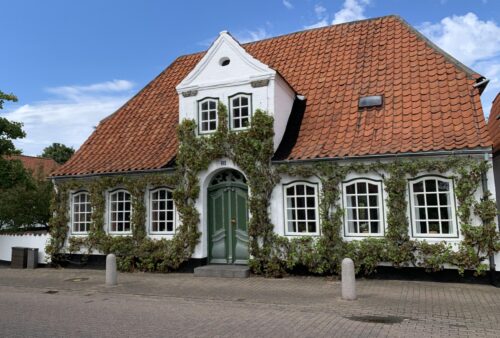
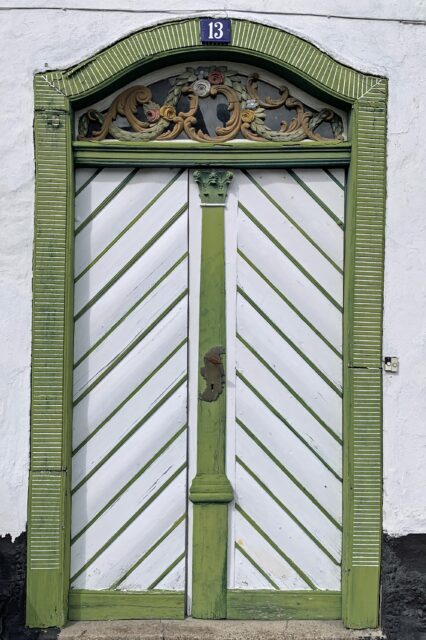

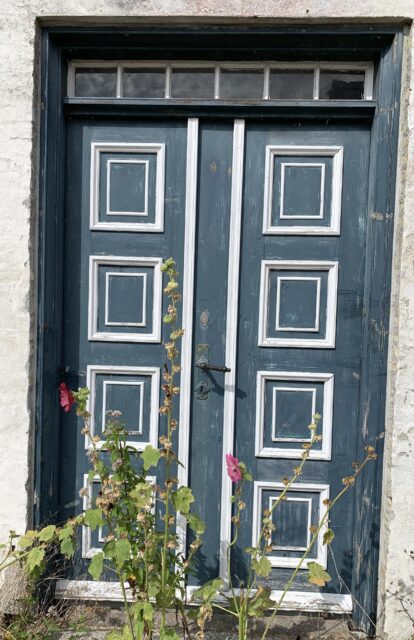
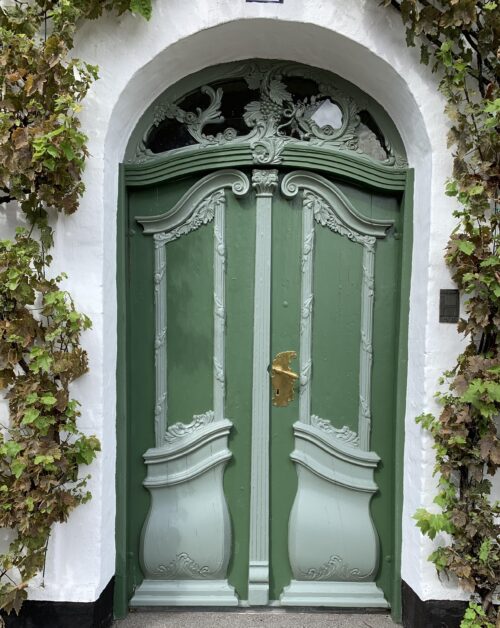
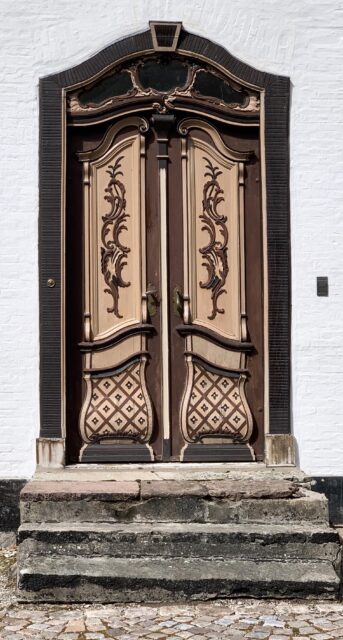
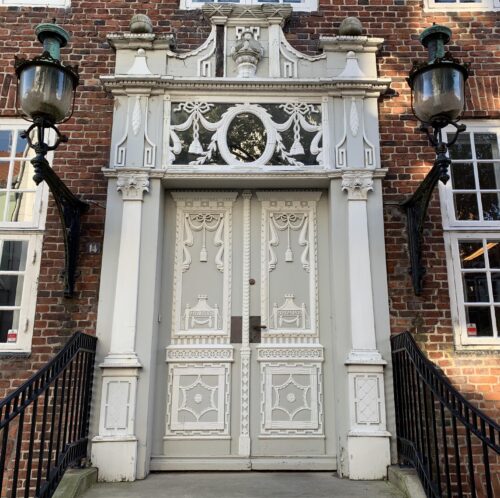
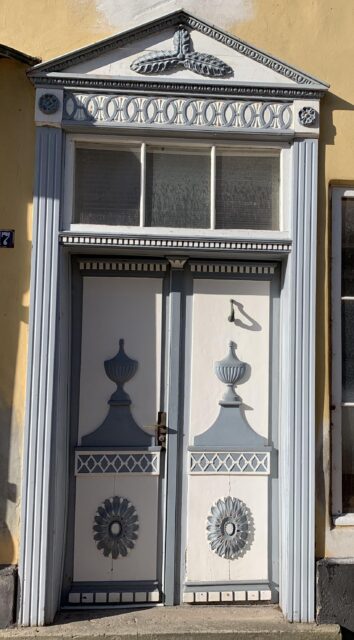
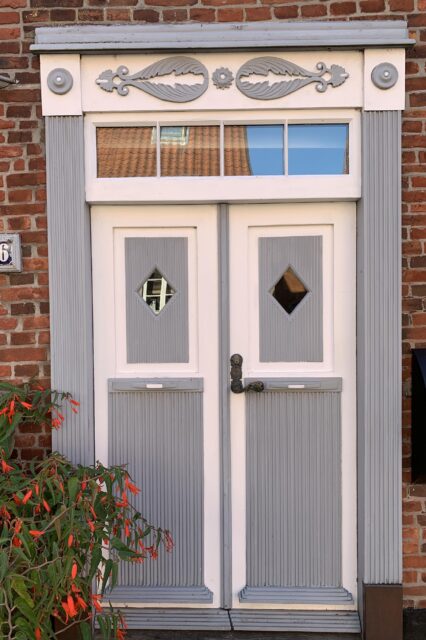
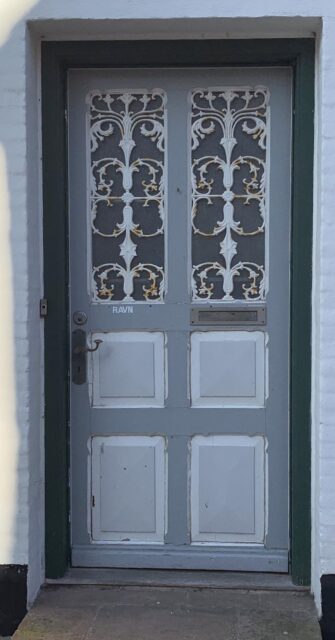
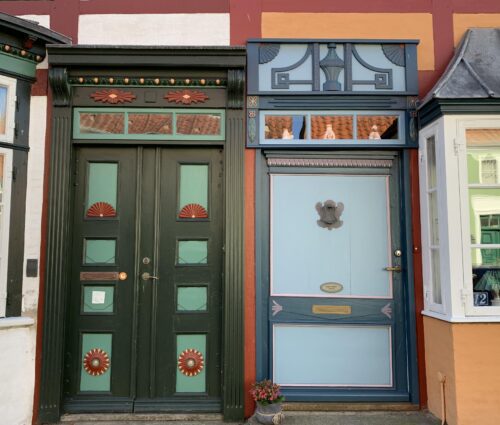
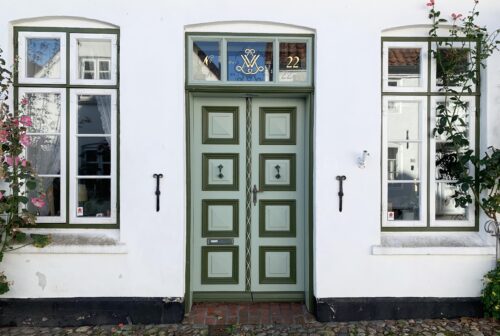
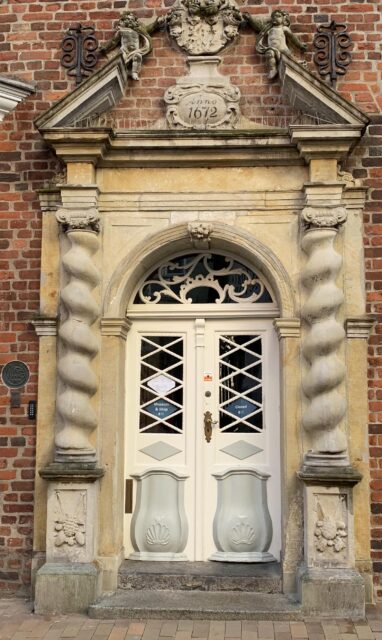
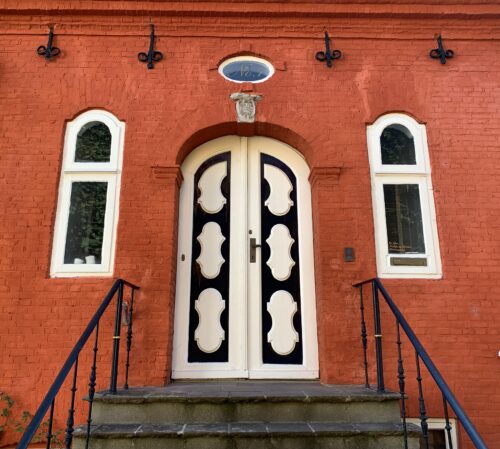
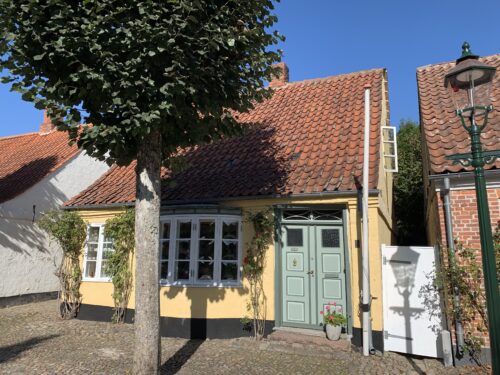
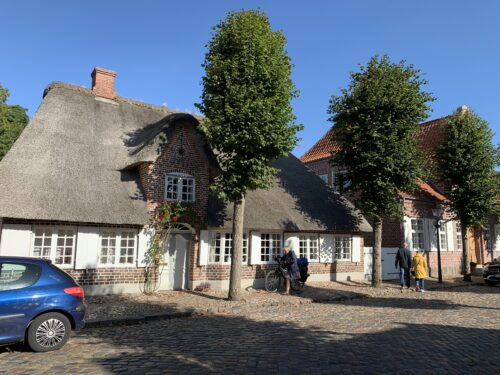
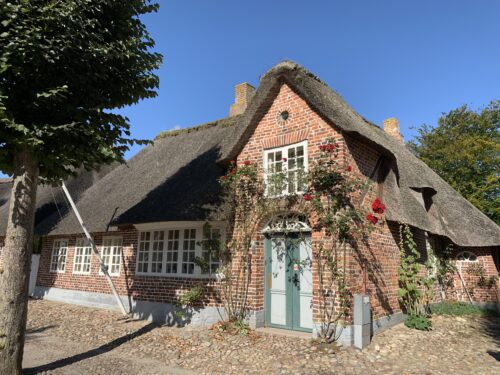
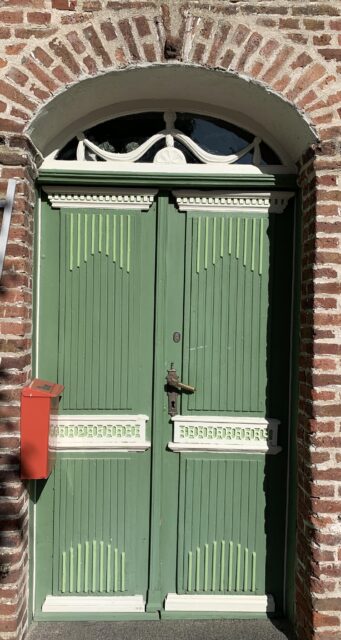


 Walking further down the cobbled lanes past the castle, the inn, and the quaint houses brings you to the ornately decorated church that was built in the middle of the 12th century.
Walking further down the cobbled lanes past the castle, the inn, and the quaint houses brings you to the ornately decorated church that was built in the middle of the 12th century.


